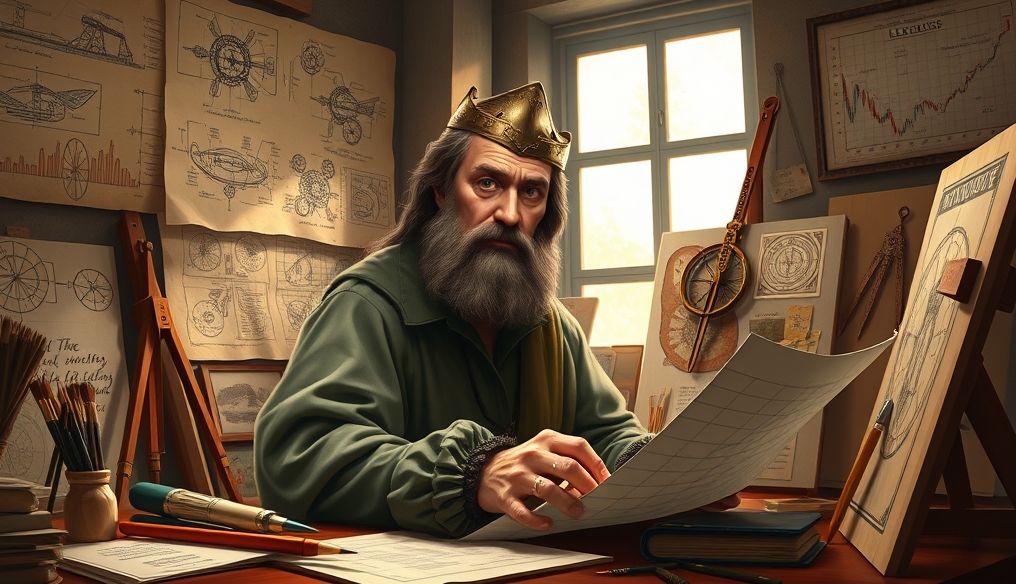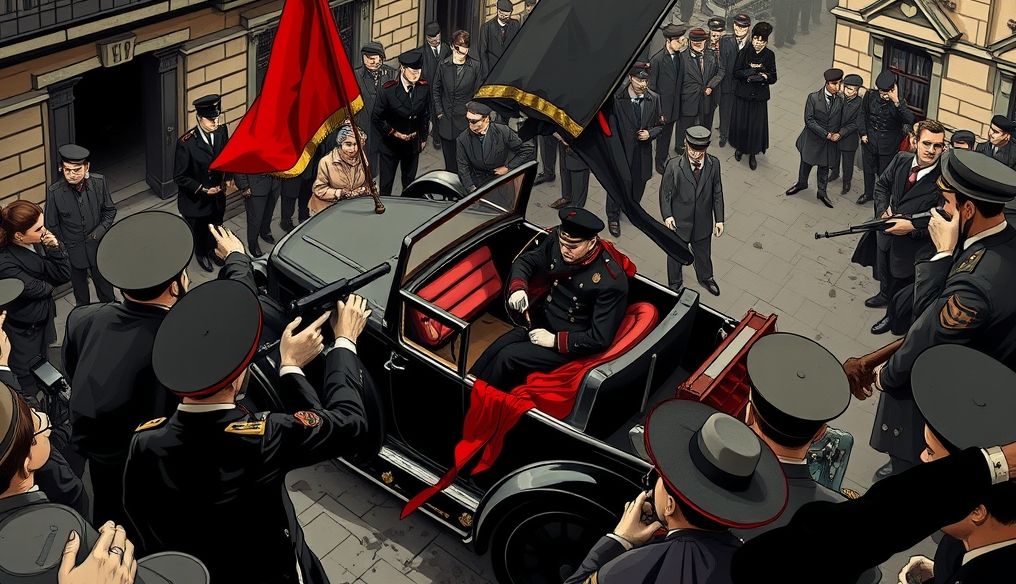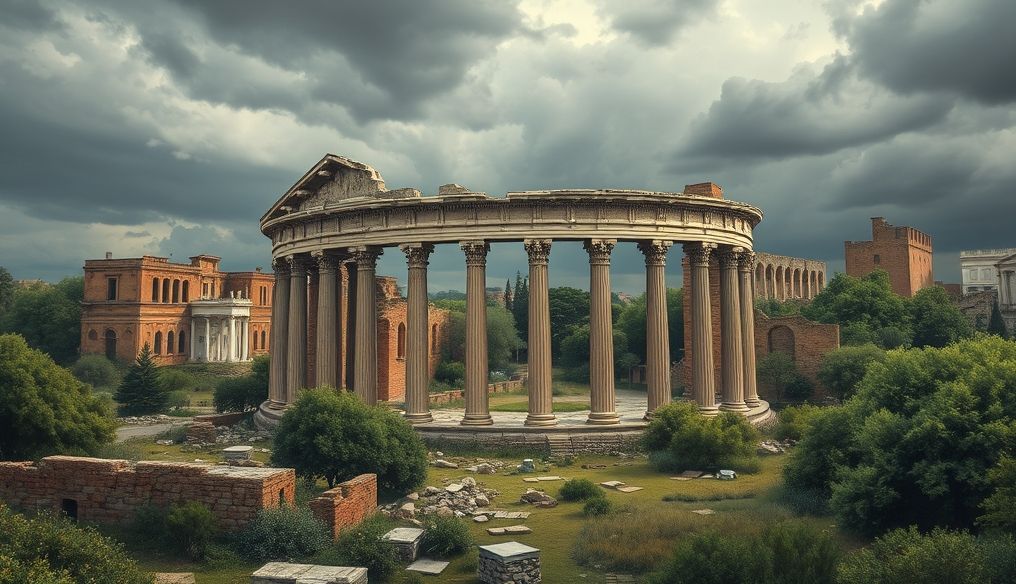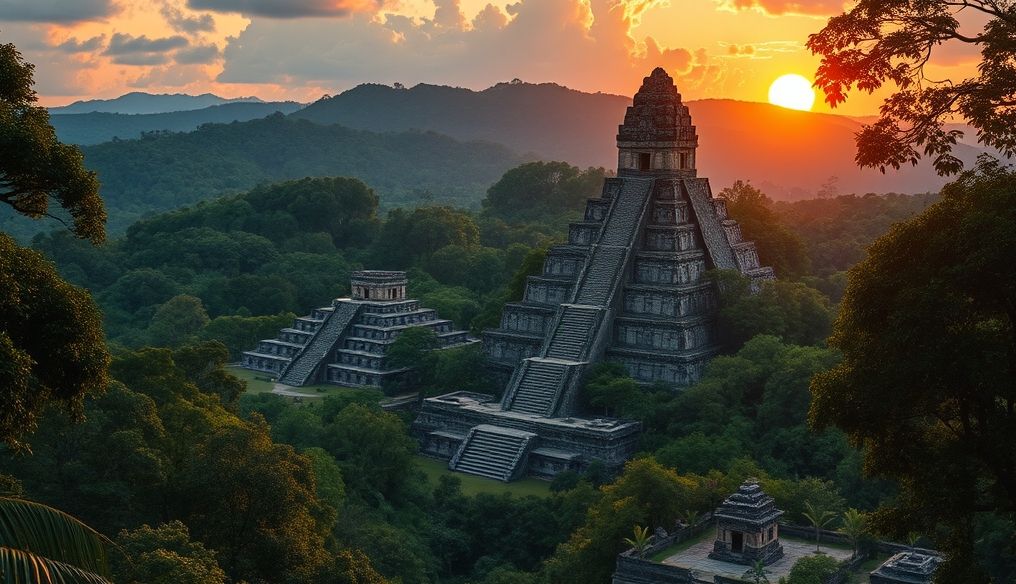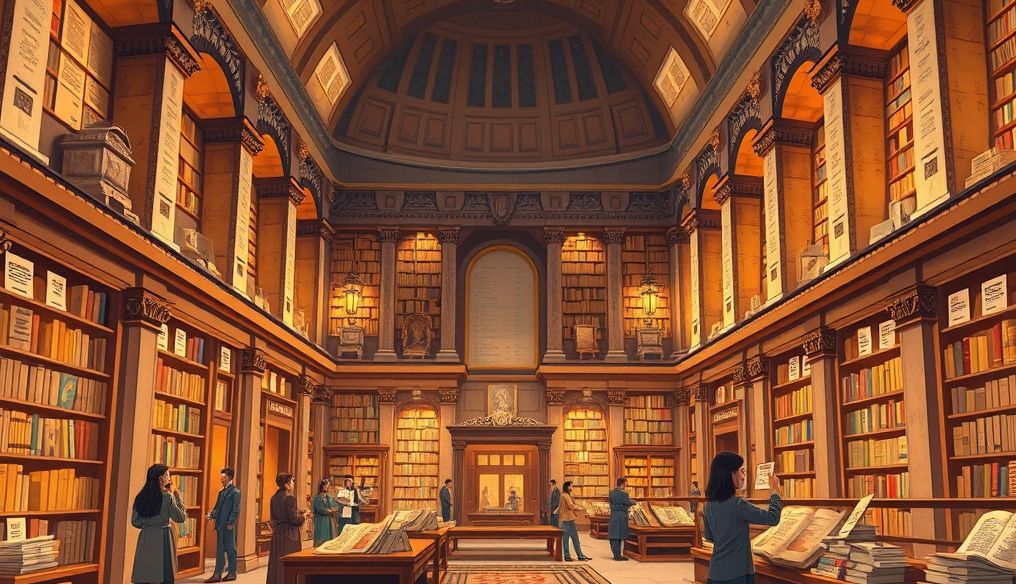Introduction: Leonardo da Vinci - The Universal Artist
Leonardo da Vinci, a name that echoes through history as a symbol of genius. Often reduced to being a painter, is this description sufficient? Let's delve into his achievements to discover if he was merely an artist or a multifaceted figure who transcended the boundaries of art.
Chapter 1: Da Vinci the Painter - A Timeless Masterpiece
Da Vinci's genius as a painter is undeniable. The Mona Lisa and The Last Supper are among the most famous works of art in history, testifying to his artistic skill and ability to capture human emotions with meticulous precision. Da Vinci used innovative techniques such as sfumato (gradual shading) to add depth and realism to his paintings.
Examples of his Timeless Artistic Works:
- Mona Lisa: An iconic painting embodying mystery and allure.
- The Last Supper: A dramatic depiction of the crucial moment in Christ's life.
- Lady with an Ermine: An elegant portrait showcasing his skill in depicting details.
Chapter 2: Da Vinci the Engineer - Visions Ahead of His Time
Da Vinci's interest was not limited to art but extended to engineering. He designed many machines and equipment that were very advanced for his time, including tanks, airplanes, and parachutes. Although many of these designs were not built in his lifetime, they demonstrated his deep understanding of engineering principles.
Examples of his Engineering Designs:
- Flying Machine: Various designs to attempt to simulate human flight.
- Armored Tank: An early idea for an armored fighting vehicle.
- Revolving Bridge: An innovative design for a bridge that could be rotated to open a waterway.
Chapter 3: Da Vinci the Scientist - Anatomy of the Human Body and Understanding the Universe
Da Vinci was a curious scientist, interested in understanding how the world around him worked. He studied anatomy in depth, dissecting corpses to understand the structure of the human body. His anatomical drawings are incredibly accurate and are considered among the most important contributions in this field. He also studied astronomy and geology, trying to understand the movement of the planets and the formation of the Earth.
Examples of his Scientific Contributions:
- Accurate Anatomical Drawings: Detailed documentation of muscles, nerves, and internal organs.
- Study of Blood Flow: Early understanding of blood circulation.
- Observations on Water Movement: Studying the properties of water and its impact on the environment.
Chapter 4: Da Vinci the Inventor - Ideas That Changed the Course of History
Da Vinci was not just an artist or scientist but also an inventive inventor. He designed many tools and machines that were intended to make people's lives easier and better. Some of his inventions, such as the submarine and the bicycle, were later developed and successfully implemented.
Examples of his Inventions:
- Submarine: An early design for a vehicle that could dive underwater.
- Bicycle: An initial idea for a two-wheeled vehicle powered by human propulsion.
- Double Vision Binoculars: A device to improve stereoscopic vision.
Chapter 5: Da Vinci the Philosopher - Reflections on Life and Nature
Da Vinci was a deep thinker, contemplating the nature of life and existence. He left us with many notes and sayings that reflect his philosophy and vision of the world. He believed in the importance of observation and experimentation in acquiring knowledge and encouraged critical thinking and the pursuit of truth.
Examples of his Famous Quotes:
- "Simplicity is the ultimate sophistication."
- "Study without desire spoils the memory, and it retains nothing that it takes in."
- "Painting is poetry that is seen rather than felt, and poetry is painting that is felt rather than seen."
Chapter 6: Da Vinci the Writer - Words That Paint Pictures
Da Vinci's creativity was not limited to art and science but extended to writing. He wrote many notes and articles that addressed a variety of topics, from art and engineering to philosophy and nature. His writing style was clear and direct, and he used images and analogies to convey his ideas effectively.
Examples of his Writings:
- Notes on Art and Painting: Tips and techniques for painters.
- Studies in Anatomy: Detailed description of the structure of the human body.
- Reflections on Nature: Observations on natural phenomena and their impact on humans.
Chapter 7: Da Vinci's Legacy - His Impact on the Modern World
Leonardo da Vinci continues to inspire people to this day. His artworks are exhibited in museums around the world, and his engineering and scientific designs are studied in universities. Da Vinci is considered a symbol of creativity and innovation, and a role model for anyone seeking to achieve excellence in multiple fields.
Examples of his Influence:
- Art: Influenced many subsequent artistic movements, such as the Renaissance and beyond.
- Science: Contributed to the development of anatomy, engineering, and physics.
- Technology: Inspired many inventors and engineers to develop new technologies.
Chapter 8: Conclusion - Da Vinci: A Genius Beyond Definition
In conclusion, was Leonardo da Vinci just a painter? The answer is definitely no. Da Vinci was more than just an artist; he was a scientist, engineer, inventor, philosopher, and writer. He was a multifaceted figure who transcended the boundaries of definition and left an indelible mark on the world. Our understanding of Da Vinci must go beyond merely appreciating his artistic works and also include appreciating his scientific, engineering, and intellectual achievements.
Disclaimer: This article provides an overview of the life and achievements of Leonardo da Vinci. For more detailed information, please refer to academic and reliable sources.
